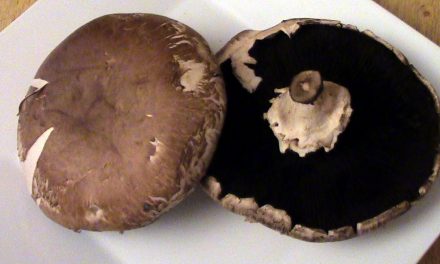 Tamarind. You may or may not have heard of it. It comes as a concentrated dry or wet pulp, as a gooey concentrate that is almost black, or in whole pods. Tamarind, in whatever form, carries a weighty nutritional and medicinal punch.
Tamarind. You may or may not have heard of it. It comes as a concentrated dry or wet pulp, as a gooey concentrate that is almost black, or in whole pods. Tamarind, in whatever form, carries a weighty nutritional and medicinal punch.
Grown in India, and indigenous to tropical Africa, tamarind made its way to the Americas via the Spanish Conquistadors and Portuguese Explorers. Here in Arizona, there are mounds of tamarind pods in the bulk produce section of most grocery stores, usually next to Jamaica (hibiscus). Both are used in Agua Frescas. Tamarind is also commonly used in Indian, Middle Eastern, and Southeast Asian cooking. It is used as an acidic or souring flavor, much like lemon juice in Western cuisine.
The Tamarind tree grows tall, up to 80 feet, in tropical and sub-tropical areas around the world. It is related to the pea family. The pods are harvested, dried, and then soaked in water to release the seeds and pulp. I’ve actually taken tamarind whole, and processed it. It’s messy, sticky, and a lot of fun to do. The seeds are black and hard, and can be used in rattles, and other kinds of musical instruments, or for decoration in artwork.
Tamarind touts a medicinal punch as well. It is used as a laxative and for digestive troubles. The fiber of tamarind acts as an anti-oxidant, binding to toxins in the body, and then releasing them. Tamarind has also been known to help with lowering LDL (bad) cholesterol . Nutritionally, it contains calcium, phosphorus, iron, thiamine and riboflavin and niacin. It is also a good source of tartaric acid, and pectin.
In learning Indian cooking, I have come to enjoy tamarind. I started out intimated by such an unknown flavor. Once I learned to like it, I began to use it constantly in sauces, as a chutney, and as a substitution for lemon juice. After learning about its medicinal uses and nutritional value, I’ll be sure to be drinking Tamarind Aqua Fresca as well.







